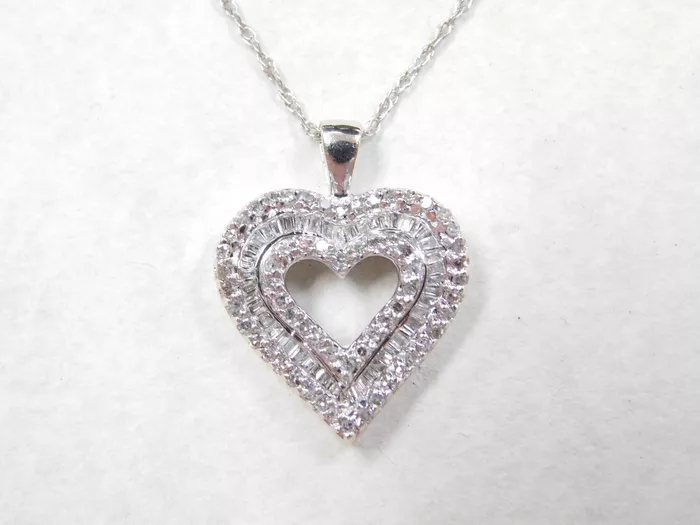Diamonds, with their dazzling brilliance and timeless allure, have captivated humanity for centuries. While the traditional image of a diamond may be of a sparkling, colorless gem, diamonds come in a breathtaking array of hues, each with its own unique beauty. Colored diamonds, also known as fancy diamonds, possess an alluring charm that sets them apart in the world of gemstones. Understanding the rarity of colored diamonds, particularly the rarest among them, provides insight into the fascinating world of these coveted gems.
The Rarity of Colored Diamonds
Colored diamonds are exceptionally rare compared to their colorless counterparts. While colorless diamonds are graded based on their lack of color, colored diamonds derive their value from the intensity and purity of their hues. The scarcity of natural colored diamonds is attributed to the geological processes that occur during their formation, which infuse them with trace elements or structural distortions responsible for their vibrant colors. These unique conditions are infrequent, resulting in colored diamonds being far less prevalent in nature.
Factors Determining Diamond Color
The captivating hues of colored diamonds are determined by a combination of trace elements and structural irregularities present during their formation. Trace elements such as nitrogen, boron, or hydrogen can impart various colors to diamonds. For example, nitrogen can produce a yellow or brown hue, while boron creates a blue tint. Structural distortions within the diamond lattice can also influence color, as seen in pink, red, or purple diamonds. The interplay of these factors results in the kaleidoscope of colors observed in colored diamonds.
Overview of Common Diamond Colors
While colorless diamonds are graded on a scale from D (colorless) to Z (light yellow or brown), colored diamonds exhibit a spectrum of hues beyond this scale. Some of the most common colors include yellow and brown diamonds, which are abundant in nature. Yellow diamonds, often referred to as canary diamonds, derive their color from nitrogen impurities. Brown diamonds, on the other hand, are colored by structural defects known as graining. These colors are relatively common and are found in various intensities and saturations.
The Rarest Diamond Color
Among the spectrum of colored diamonds, red stands out as the rarest and most coveted hue. Less than 30 true red diamonds are known to exist, making them exceptionally scarce and highly sought after by collectors and connoisseurs alike. The mesmerizing red coloration of these diamonds is attributed to a rare combination of extreme pressure, temperature, and molecular structure during their formation. The scarcity of red diamonds elevates them to a status of unparalleled rarity and prestige in the world of gemstones.
Grading of Diamond Colors
Unlike colorless diamonds, which are primarily graded based on their lack of color, colored diamonds are assessed on a different set of criteria. The 4Cs—cut, color, clarity, and carat—still play a crucial role in evaluating colored diamonds, but color takes precedence. The intensity, hue, and saturation of the diamond’s color are meticulously evaluated, with grading systems tailored to accommodate the diverse spectrum of colored diamonds. This specialized approach ensures that the unique qualities of colored diamonds are accurately represented and appreciated.
Impact of Rarity on Value
The rarity of a diamond color exerts a significant influence on its market value and desirability. Colored diamonds, especially those with intense and pure hues, command premium prices due to their scarcity and exclusivity. The rarity of red diamonds, for instance, results in astronomical prices at auctions and sales, with collectors vying for the opportunity to possess these extraordinary gems. The allure of owning a diamond of such exceptional rarity adds an undeniable mystique and prestige to these coveted treasures.
Conclusion
In the realm of colored diamonds, rarity reigns supreme, with red diamonds standing out as the epitome of exclusivity and allure. Understanding the rarity of colored diamonds offers a glimpse into the intricate processes that shape these extraordinary gems. From the geological forces that imbue them with vibrant hues to the meticulous grading criteria that assess their unique qualities, colored diamonds continue to captivate and inspire. As collectors and enthusiasts continue to seek out these rare treasures, the allure of colored diamonds remains as timeless and enchanting as ever.

